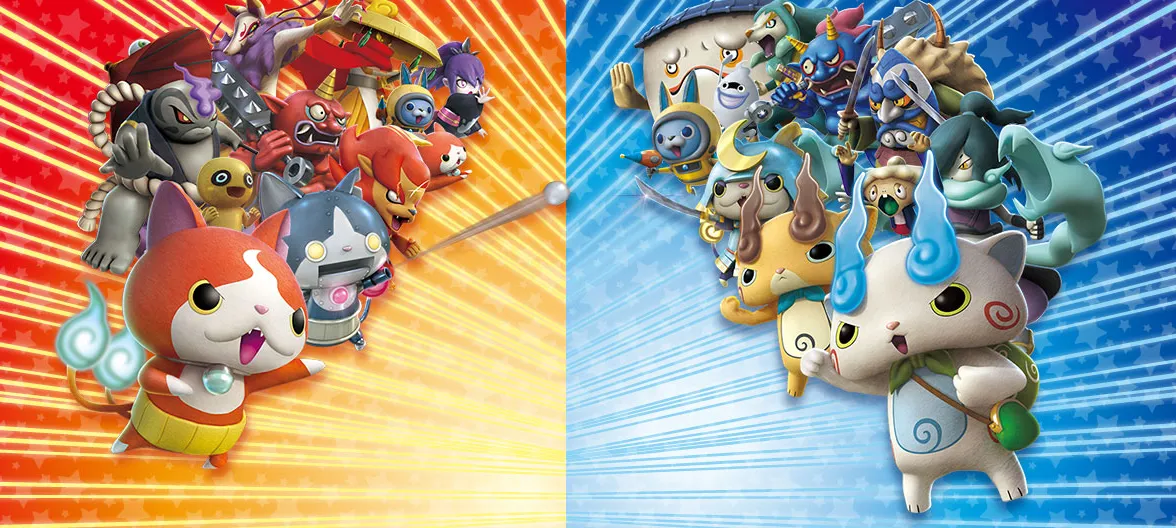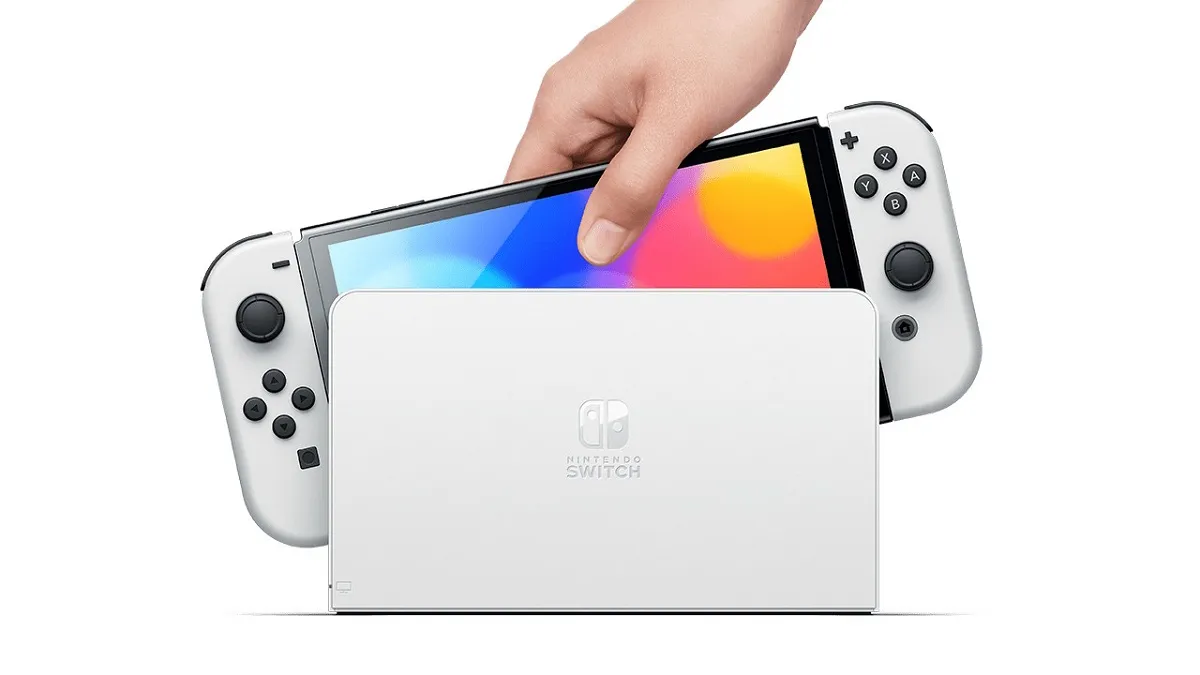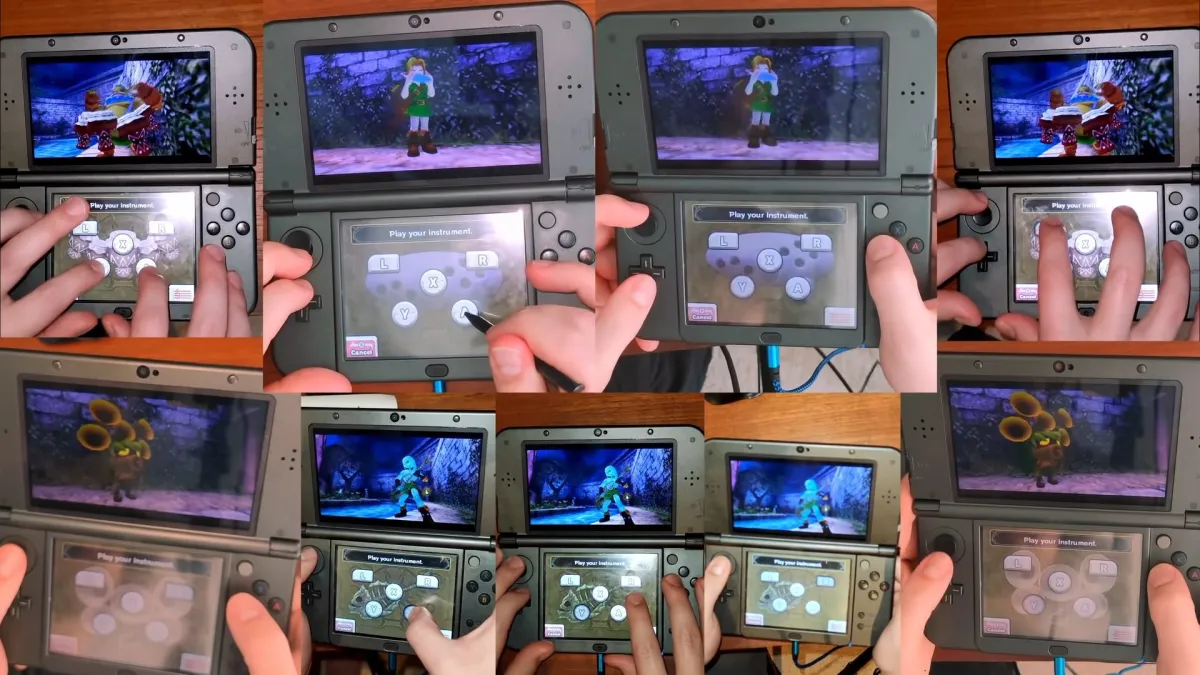It’s like Ghostbusters but without the copyright infringement
The world of Yo-kai Watch has always been one I’ve admired from afar. I’ve viewed a few episodes of the anime and dabbled in the first few games of the series, but nothing so far has planted the seed of fandom inside of me. For many years, the Pokémon franchise was the same way. I’d play the games and check out the cartoon, but only as a casual admirer. My obsession with Pokémon didn’t really start to take root until I got my hands on the spin-offs. The Trozeis, the Mystery Dungeons, the PokéParks; these were the titles that finally got to take the series seriously.
If those games could do that for Pokémon, surely Red Cat Corps will be able to do the same for Yo-kai Watch, right?

Yo-kai Watch Blasters: Red Cat Corps (Nintendo 3DS)
Developer: Level-5
Publisher: Nintendo
Released: September 7, 2018 (WW), July 11, 2015 (Japan)
MSRP: $39.99
Though it is a spin-off of the main series, the story of Yo-kai Watch Blasters is a direct sequel to Yo-kai Watch 2. It features the same faces and places as that game and the reused assets found throughout result in a product with much higher production values than I would expect. The stages of Blasters look beautiful on my 2DS screen and the layouts of each neighborhood I explore contain such intricate details it’s easy to forget this is nothing more than a simple action RPG.
Red Cat Corps puts me in control of Jibanyan and his trio of partners who make up the titular Blasters. What are Blasters? Well, they’re Ghostbusters, right down to having their own firehouse headquarters and wise-cracking Janine, but slightly altered to avoid the risk of a copyright lawsuit. My team is supposed to protect the people of Springdale from the supernatural, but they’re quite awful at it. After suffering a defeat at the hands of Gargaros, the Yo-kai Blasters Association sends in Sgt. Burly to whip them into shape.
The narrative is divided into episodes, complete with a “Next Time On…” segment at the end of each one. These episodes are filled with various missions I can take to clean up the ghost nuisance plaguing Springdale and its surrounding areas. All of the missions are quite short, usually running me about five minutes to complete though I can take up to 30 if I need it. There are three types of missions in the game: story, patrol, and big boss. Story missions advance the narrative, patrol missions give me 20 minutes to explore an area and defeat any Yo-kai I encounter, and big boss missions are just an escalating series of rematches with the bosses I face in the story.
No matter which type of mission I choose, the gameplay remains largely the same. I can take up to four Yo-kai out at a time and I can pick and choose which of the group I control. Each Yo-kai has a basic attack and two special moves that will differ depending on what class they are. There are basic fighters, healers, tanks, and rangers. The AI does a darn good job of controlling my partners so I only very rarely switch from team leader Jibanyan. In fact, though I recruit more than four dozen Yo-kai during the 15 or so hours it takes me to complete the campaign, I never switch away from my starting four characters.
The action of this action RPG reminds me a lot of those Pokémon Rumble games without the hordes of enemies to make it fun. Most battles in Blasters are four-on-one and I can usually get by just spamming my attacks without giving much thought to avoiding enemy assaults. Defeated enemies give shards I can use to create new weapons or Orbs which act as the overall currency of the game. Everything costs orbs, from leveling up at the gym to evolving Yo-kai to buying items. I like the system because it means I can quickly level up new Yo-kai without having to take them back to the starter missions.
The game is generous enough with orbs that I never really feel like I have to grind for them. In fact, it’s so generous, I’m always about two levels ahead of my opponents. Taking down normal enemies in each mission never really presents a challenge and neither do most of the boss characters. Excluding a handful of occasions, boss battles are made up of two phases. The first takes place on the standard map. Bosses are a lot bigger than normal enemies and have easily avoidable attacks which, as previously mentioned, my AI partners do a good job of dodging. After I drain their energy on the map, I give chase, smacking them around for extra orbs, until we reach a specific location where the encounter changes from a top-down battle to a more traditional third-person fight. These battles can be a blast, but they’re repeated often enough in the campaign that they lose their luster.
If I fail at all during boss battles or any of the missions I undertake, I have to start over from the very beginning, losing everything I collected in my attempt. It’s an annoying design choice to deal with, but it’s not as bothersome as some of the other systems Level-5 implemented here. There are gacha machines at the top of the firehouse that uses coins I can win after each mission, but I can only take three turns a day and I’m never guaranteed to pull a Yo-kai. In the spirit of making players use every aspect of the firehouse, simple tasks such as leveling up or switching out my team members require me to travel to different floors of the facility. It adds to the immersion, but I grow tired of having to run back to the second floor every time I want to level my crew up.
There are also extensive online components here that may be a victim of Nintendo’s glacial localization process of the franchise. Players are encouraged, either locally or online, to team up with other users to complete missions. When I’m able to find people, which is rare, the connection works well enough. I’m fine going about this game on my own but there are rewards, namely insignias, that are tied to either playing with people online or challenging their teams through Street Pass. These don’t factor in too much to the campaign but do play a large part of the post-game content. There is plenty of stuff to me to take on solo after I watch the credits roll, but it just makes me wonder what I’m missing if I can’t find a steady stream of fellow Red Cat Corps owners.
It took three years for Yo-kai Watch Blasters to make it out of Japan, and I’m not quite sure it was worth the wait. The game looks fantastic and has an excellent localization, but the lackluster and repetitive combat hold it back from being anything more than run-of-the-mill. It’s a serviceable spin-off, but with this series struggling as much as it does, it needs to deliver more than serviceable. Especially when it’s on a piece of hardware that is on its way out.
[This review is based on a retail build of the game provided by the publisher.]






Published: Sep 22, 2018 03:00 pm